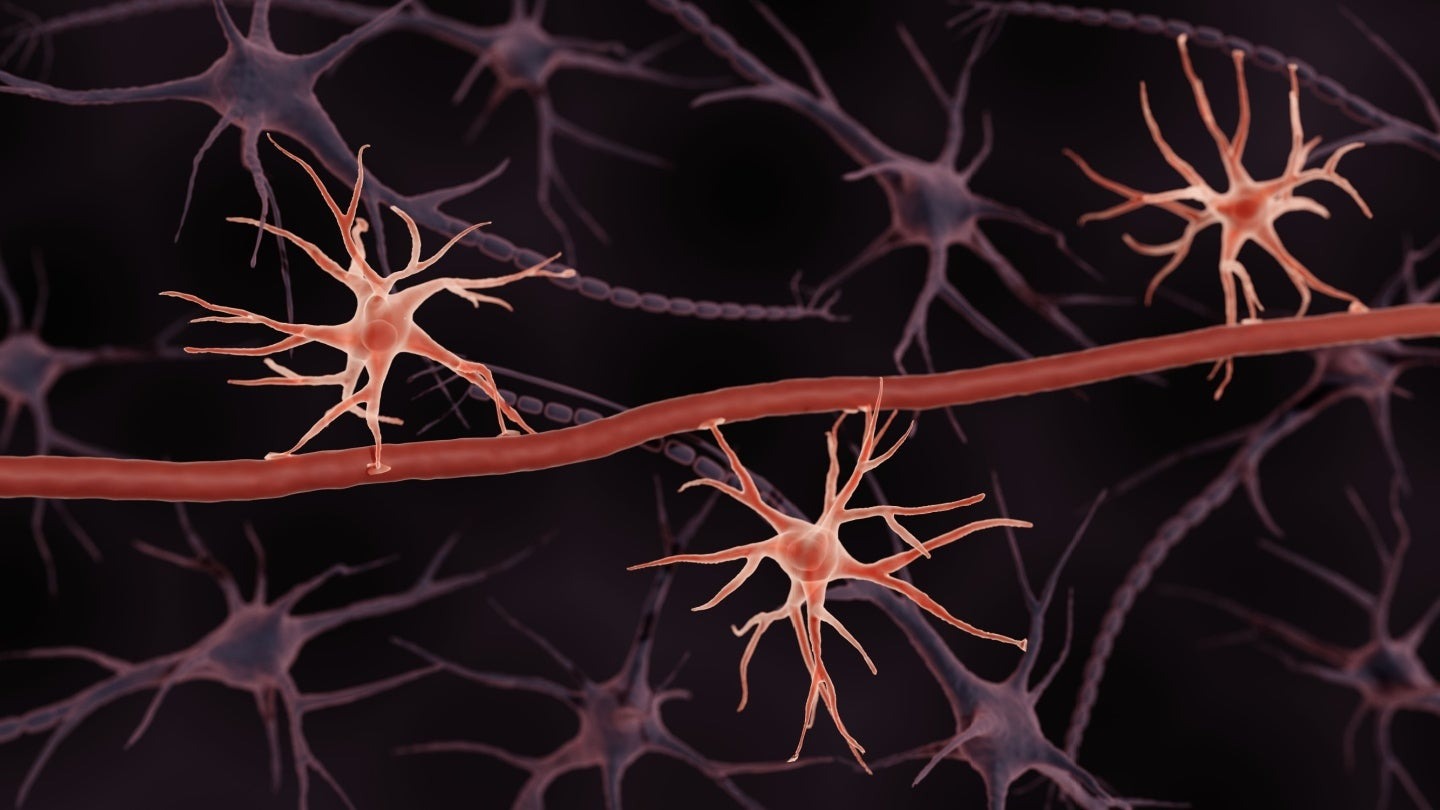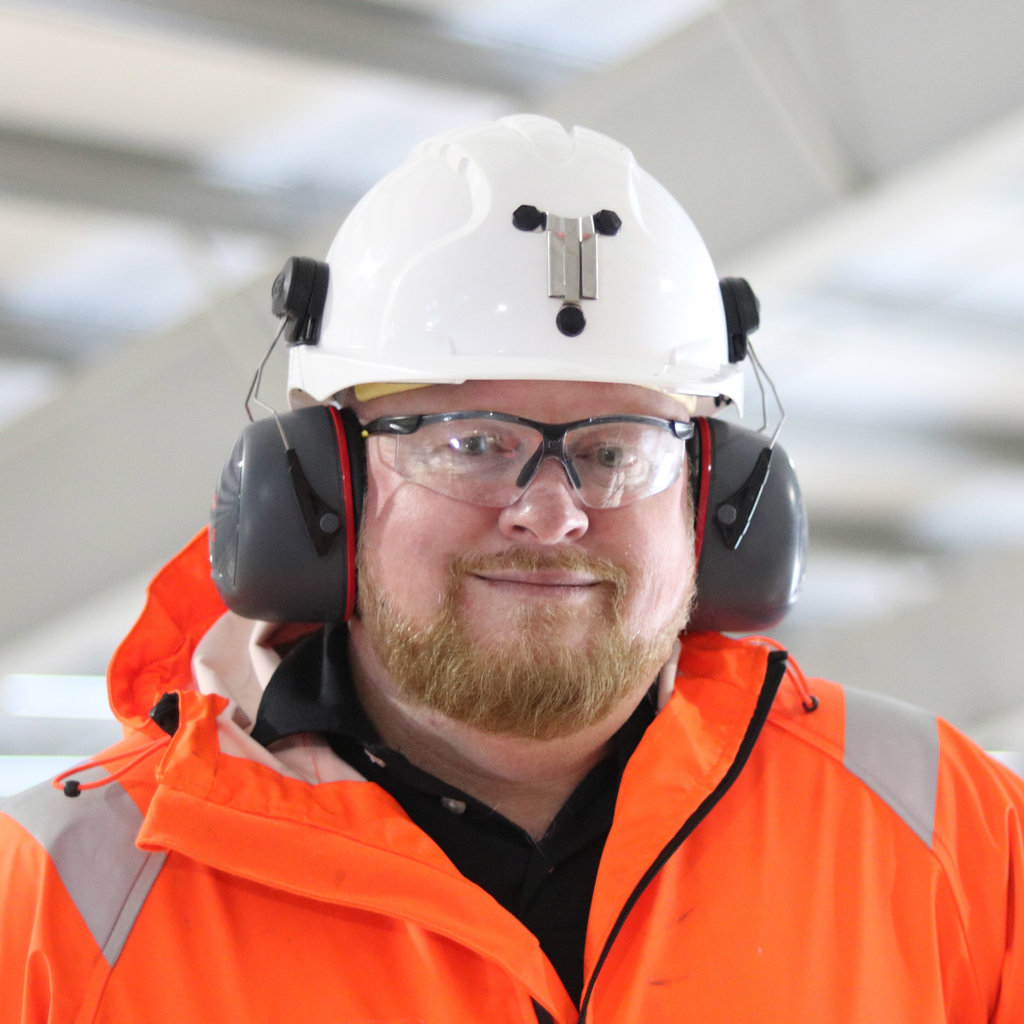Cover Story
Quantum technology opens new frontiers in medical devices
We examine how quantum computing is moving from the lab to the clinic. By Bernard Banga.

Credit: Gorodenkoff / Shutterstock
Quantum computing is redefining how information is processed. Unlike classical computers, which rely on binary bits to store and process data, quantum computers use quantum bits, or ‘qubits’, that operate in superposition.
“Quantum computers can encode exponentially more information at the same time by leveraging qubits in superposition”, explains Dr Landry Bretheau, Professor of Quantum Physics at the École Polytechnique and a researcher at the Laboratory of Condensed Matter Physics.
These novel processors exploit fundamental quantum phenomena to manipulate and store information in ways that are fundamentally inaccessible to classical architectures, enabling them to address and resolve complex biomedical challenges with unprecedented speed and computational depth.
“The ability to process and analyse vast datasets and to model intricate biological systems with high fidelity positions quantum computing as a transformative tool in both medical research and clinical practice”, notes Dr James Chow, Professor in the Department of Radiation Oncology at the University of Toronto, Canada.
Strategic alliances in quantum health innovation
Quantum computing has become a focal point for strategic alliances between academic institutions, technology leaders (including IBM, Microsoft, Google and Amazon Web Services) and government initiatives. In March 2023, IBM and Cleveland Clinic unveiled the world’s first quantum computer dedicated solely to healthcare: a pioneering system that underpins 52 ongoing research projects tackling complex biomedical challenges.
In February 2024, these two collaborators also launched a trilateral partnership with the Hartree Centre (part of the UK’s Science and Technology Facilities Council) to accelerate progress in healthcare and biomedical science by combining quantum computing with artificial intelligence. One of the initial clinical studies is focused on identifying molecular markers predictive of surgical outcomes in epilepsy. “Our goal is to uncover novel biomarkers that enable personalised treatments and improve patient outcomes”, says Dr Lara Jehi, Chief Research Information Officer at Cleveland Clinic.
In December 2024, the UK also launched its first national quantum health research hub: Q-BioMed, which is focused on early diagnostics for cancers and neurodegenerative diseases and is backed by £19 million from UK Research and Innovation (UKRI) and the National Institute for Health and Care Research (NIHR).
“Our hub brings together two areas of science, quantum and biomedicine, in which the UK is world leading. Our vision is to accelerate the co-creation and adoption of these technologies, leading to earlier diagnoses and better health outcomes,” explains Professor Rachel McKendry, co-director of the hub, from the London Centre for Nanotechnology and UCL Division of Medicine.

Astrocytes are a type of neural cell that builds the BBB, and Excellio plans to derive exosomes from them to make them even better at targeting the brain. Credit: ART-ur / Shutterstock
AI-enhanced quantum diagnostics
Artificial intelligence (AI) has emerged as a key enabler – and force multiplier – of quantum technologies. Since the early 2020s, AI has enhanced the applicability of quantum systems in biomedicine by bridging the gap between theoretical capabilities and clinical relevance. AI is crucial for optimising and training quantum machine learning models, which are now used for biomarker detection and large-scale genomic analysis, enabling high-resolution recognition and improving protein structure prediction – tasks once limited by classical computing.
This convergence gained momentum with the success of AlphaFold, a deep learning system from DeepMind (2020), which reached near-experimental accuracy in protein structure prediction. By solving a long-standing challenge in structural biology, AlphaFold demonstrated AI’s transformative role in molecular science, and spurred interest in applying quantum-enhanced models to similar biomedical problems. AI can also be used in quantum error mitigation, where it helps overcome hardware limits through adaptive protocols that stabilise qubit states and preserve the computational fidelity vital for clinical reliability.
AI-assisted quantum computing also shows promise in the early detection of neurodegenerative diseases and cancers. By analysing vast imaging or genomic datasets, quantum algorithms can reveal patterns indicating early-stage Alzheimer’s disease, Parkinson’s disease or cancer. Research from Google’s Quantum AI team and D-Wave shows that quantum speedup and tunneling can accelerate diagnostics beyond classical capabilities.
New quantum sensor takes MRI to the microscopic level
Quantum sensors leverage quantum phenomena to detect subtle changes in magnetic fields, gravity and temperature, enabling advanced diagnostic capabilities. Quantum-enhanced imaging systems offer better resolution, contrast and novel functions. The Quantum Economic Development Consortium (QED-C), founded by the National Institute of Standards and Technology, has highlighted promising biomedical tools such as optically pumped magnetometers and nanodiamonds with nitrogen-vacancy centres. “Applications with high clinical impact include brain and fetal imaging, oxygen monitoring, and early disease detection”, says Dr Celia Merzbacher, QED-C Executive Director.
One key development is quantum-enhanced MRI, which uses quantum coherence to detect tiny magnetic signals, improving neural and soft tissue imaging. “It allows more detailed visualization of biological structures”, explains Harvard Professor of Physics Hongkun Park in Nature Reviews Physics. These advances reduce scan times and patient discomfort, with companies such as Foqus Technologies aiming to cut MRI scans from 45 to 5 minutes. “We’re transforming imaging into a faster and more accessible diagnostic tool”, explains Foqus CEO Sadegh Raesi.
NVision Imaging Technologies and the Munich Center for Quantum Science and Technology (MCQST) are both pursuing next-generation MRI. NVision’s PHIP-based hyperpolarisation boosts signals 100,000-fold, with clinical roll-out planned by 2025. MCQST combines optical microscopy and NMR on atomic-level diamond chips, pushing MRI to the subcellular scale.
Quantum advances in surgical devices
Quantum computing is now making strides in surgical devices. In April 2025, IonQ and Ansys published a joint study on arXiv demonstrating one of its first practical applications in this space. It reported a 12% performance improvement in blood pump simulations using a hybrid quantum-classical workflow integrating IonQ’s production-grade quantum computer, IonQ Forte, with Ansys’ LS-DYNA simulation suite. The simulation addressed large-scale computational problems involving over 2.6 million vertices and 40 million edges – conditions typical in high-fidelity biomedical engineering models. According to the authors, their findings showcase not only the practical utility of quantum algorithms, but also pave the way for the use of quantum-enhanced design processes in developing complex medical devices.
Quantum computing in radiotherapy
“Quantum computing holds great promise in optimizing radiotherapy and personalized medicine by delivering unprecedented computational power”, explains Chow. Quantum systems outperform classsical models by processing large, multidimensional datasets in parallel. Quantum tunnel annealing achieves up to 46.6% faster convergence and reduces dosimetric uncertainty to below 2%. Monte Carlo simulations accelerated by quantum parallelisation yield computation speedups between 69× and 87×, enabling more adaptive workflows. Quantum tools also improve multiparametric treatment optimisation, maximising tumour dose while limiting toxicity. A University of Michigan trial showed that inverse-planned intensity-modulated radiotherapy reduces pain and skin effects versus 3DCRT. Quantum-enhanced planning reduces uncertainty, boosts speed (×1,000) and supports advanced modalities such as FLASH radiotherapy, delivering ultra-high doses in milliseconds to improve outcomes and reduce side effects.
A market projected to hit $17.3bn by 2030
The adoption of quantum computing in medical devices is poised to reshape the competitive landscape in this sector. New partnerships are emerging between major device manufacturers, such as GE Healthcare, Philips and Siemens Healthineers, and quantum technology innovators such as D-Wave Systems, IonQ and Rigetti Computing. Hybrid solution providers, including IBM Quantum, Google Quantum AI and startups such as Zapata Computing, are also playing a pivotal role. According to ResearchAndMarkets, the global market for quantum-enabled medical devices is projected to reach $17.3 billion by 2030.
Challenges in integrating quantum technology into medical devices
Technical hurdles
Quantum-enabled medical devices face four major technical hurdles:
- Qubit fragility: quantum systems require near-absolute-zero temperatures and extreme isolation from environmental noise – conditions not suited to clinical settings.
- High error rates: current noisy intermediate-scale quantum (NISQ) processors (40–80 qubits) are prone to decoherence and cumulative errors, preventing accurate molecular or diagnostic simulations.
- Limited scalability: existing hardware lacks the capacity for large-scale applications such as full protein simulations or population-level health data analysis.
- Algorithm development: translating clinical problems into quantum algorithms remains highly complex, with minimal support from intuitive or accessible software tools.
Regulatory hurdles
- Outdated validation frameworks: standards for assessing quantum medical devices are still emerging, requiring active coordination with regulators such as the FDA and EMA.
- Validation complexity: demonstrating the safety and efficacy of quantum-enhanced diagnostics involves unprecedented clinical and technical validation challenges.
- Lack of interoperability standards: new data-sharing protocols are needed to ensure seamless integration with classical healthcare IT systems.
Commercialisation hurdles
- Cost and accessibility: quantum infrastructure presents significant financial and operational barriers for most healthcare institutions.
- Need for hybrid approaches: hybrid quantum-classical systems offer the most practical short-term value while quantum hardware continues to develop
The possibility of self-learning is made possible by the relatively lower cost of Butterfly ScanLab, given it would not be possible to provide each student with a $65,000 ultrasound system the likes of which Arnce uses in his work as an ER clinician.
“When I started using Butterfly to teach, the price point was somewhere in the $4,000 range, so it’s not out of the realm of possibility to have an ultrasound in every student’s hand, and that’s a large part of why Butterfly made sense for us.”
According to Arnce, students who have gone through the KCU POCUS curriculum stand out when applying for residencies due to their competency in using the technology.
“When you’re looking at an applicant, distinguishing one candidate from another comes down to how students perform when they’re on audition rotations during residency.
“I’ve had multiple students who’ve thanked me for the POCUS training, because they were, for instance, working in the ER and had a trauma come in, and other residents couldn’t get the scan, but they could.
“If POCUS is a skill you already have, it’s one less thing you need to learn, and it’s one thing that you do better than your peers, and so it puts individuals in the driver’s seat in terms of future success,” Arnce concludes.
Students scan patients and the AI labels for them what they’re seeing, so they can literally teach themselves.
Dr Robert Arnce
Caption. Credit:

Phillip Day. Credit: Scotgold Resources
Total annual production
Australia could be one of the main beneficiaries of this dramatic increase in demand, where private companies and local governments alike are eager to expand the country’s nascent rare earths production. In 2021, Australia produced the fourth-most rare earths in the world. It’s total annual production of 19,958 tonnes remains significantly less than the mammoth 152,407 tonnes produced by China, but a dramatic improvement over the 1,995 tonnes produced domestically in 2011.
The dominance of China in the rare earths space has also encouraged other countries, notably the US, to look further afield for rare earth deposits to diversify their supply of the increasingly vital minerals. With the US eager to ringfence rare earth production within its allies as part of the Inflation Reduction Act, including potentially allowing the Department of Defense to invest in Australian rare earths, there could be an unexpected windfall for Australian rare earths producers.
